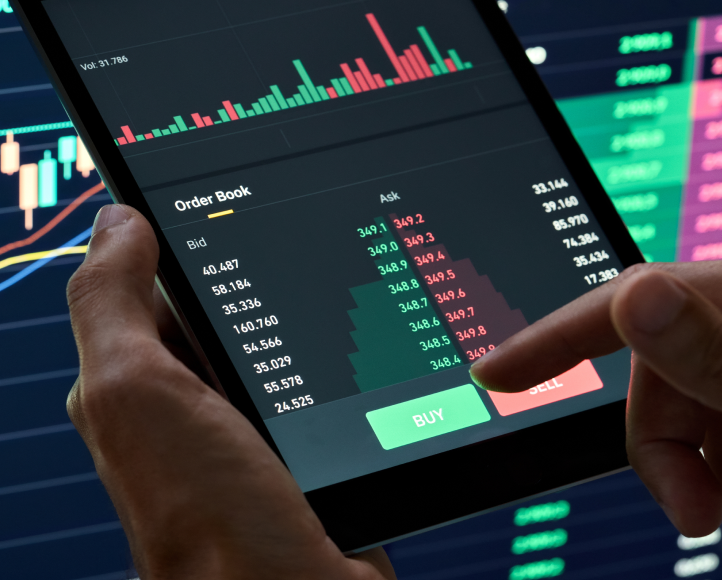Comprehensive Guide to Crypto Trading Journal 1

Understanding the Importance of a Crypto Trading Journal
In the dynamic world of cryptocurrency trading, a structured approach is paramount. One essential tool that many successful traders utilize is a Crypto Trading Journal. This journal serves as a record of all trades made, strategies implemented, and lessons learned. By maintaining a detailed log, traders can evaluate their performance, refine their strategies, and ultimately enhance their trading success rate.
Additionally, aspiring traders can benefit from resources such as Crypto Trading Journal https://www.tr3sdland.com/2024/08/whats-new-about-connection-to-the-mt5-server-with-exness/ which provides valuable insights into trading platforms and connection stability.
Why Keep a Crypto Trading Journal?
A crypto trading journal allows traders to track their trades systematically, which in turn helps in identifying patterns and understanding what works and what doesn’t. Here are a few reasons why keeping a journal is essential:

- Performance Analysis: By reviewing past trades, traders can assess their success rate and understand the intricacies of their trading strategies.
- Emotional Awareness: Documenting thoughts and feelings during trades helps traders become more conscious of their emotional state, which influences trading decisions.
- Learning Tool: A trading journal is an excellent resource for learning. Mistakes made in previous trades can provide invaluable lessons that prevent future errors.
- Strategy Improvement: With an organized record, traders can refine their strategies based on past performance, leading to improved outcomes.
What to Include in Your Crypto Trading Journal
To create an effective trading journal, it is vital to detail every aspect of your trades. Here’s what should be included:
- Date and Time: Record when each trade was made to analyze market conditions during those times.
- Asset Traded: Specify which cryptocurrency was traded to see which assets perform better.
- Trade Entry and Exit Points: Note the prices at which you entered and exited trades.
- Trade Size: Document the amount of capital used for each trade to evaluate risk and return.
- Strategy Used: Label the strategy applied for each trade, such as technical analysis, fundamental analysis, or a particular trading signal.
- Profit or Loss: Track the outcome of each trade to calculate your overall profit or loss over time.
- Emotional State: Write down how you felt before, during, and after trades, as this can heavily influence your decision-making process.
- Lessons Learned: Summarize key takeaways from each trade, especially from unsuccessful ones.
Best Practices for Maintaining a Crypto Trading Journal
Keeping a journal can become tedious over time. Here are some best practices to make the process smoother:
- Be Consistent: Document every trade as soon as it is completed to ensure accuracy and recollection of emotions and market conditions.
- Use Digital Tools: Consider using apps or platforms designed explicitly for trading journals. These tools can automate parts of the journaling process.
- Review and Reflect: Regularly review your journal to analyze patterns and reflect on your trading experience. Set aside time each week or month for this purpose.
- Set Goals: Establish specific goals based on your journal entries and track your progress towards achieving them.

Integrating Your Journal with Trading Tools
Many traders utilize various tools and platforms to enhance their trading experience. Integrating your crypto trading journal with these tools can improve your effectiveness:
For example, if you’re using automated trading systems or platforms like MT5, it’s helpful to explore recent updates and functionality improvements. You can read articles about connecting to trading servers to understand how to adapt your journaling process as your tools evolve.
Conclusion
In conclusion, a well-maintained Crypto Trading Journal is vital for anyone looking to succeed in cryptocurrency trading. By documenting trades, emotions, and strategies, traders can identify strengths and weaknesses, ultimately leading to a more disciplined and profitable trading approach. Remember that consistency and reflection are key. As the crypto market continues to evolve, keep learning, stay informed, and adapt your strategies based on the insights gleaned from your journal.
